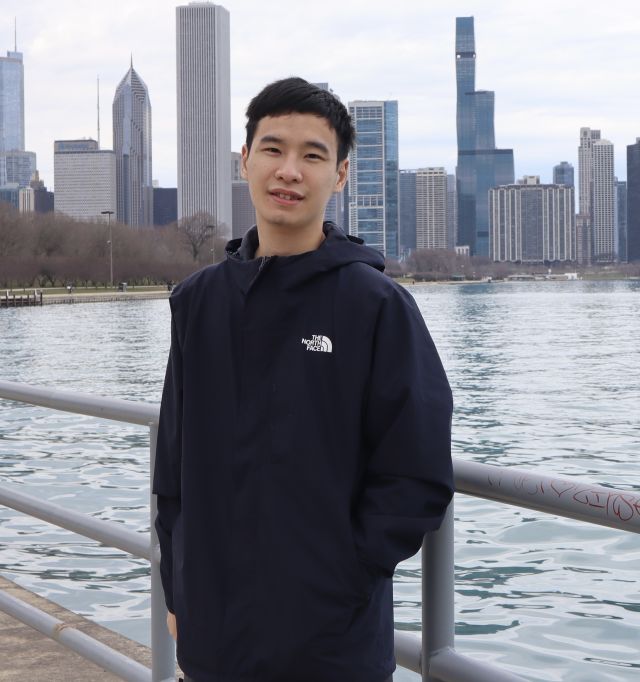CPOS Seminar: "Quasiparticle Energies of Molecules in the Liquid and Solid Phase"

Speaker: GWEN WENG, Graduate Student Researcher, Chemistry and Biochemistry Department, UCSB
Single-particle energy is a central quantity in photovoltaic and optoelectronic materials since it provides invaluable information for evaluating the light absorption, charge transfer, and charge transport properties in the nanoscale system. Accurate predictions of single-particle energy via quantum mechanical calculations can (1) help understand the fundamental mechanism of hybrid functional materials, e.g, donor-acceptor heterojunction; (2) provide guidance for judicious design of high-performance materials. The most challenging problem towards high-accuracy is the electron-electron correlation, where the exact solution is computationally prohibited. Mean-field approaches, e.g., Kohn-Sham density functional theory and (post) Hartree-Fock theory, have shown their success in predicting the ground-state properties. But these mean-field approaches are intrinsically flawed in describing excited states that involve charge excitation and optical excitation. High level wavefunction methods can approximate the charge excitation energy, but suffer from a huge cost scaling with the system's size. And therefore their applications are usually limited to single molecules or systems within several hundred electrons. In this talk, I will focus on the quantum mechanical approach we developed, in contrast with other methods, to describe charge excitation for molecules in a specific environment. I will present our latest results in studying the solvent effects as well as the molecular solids. The proposed method provides excellent agreement with experiments and can tackle systems with up to 8000 electrons.